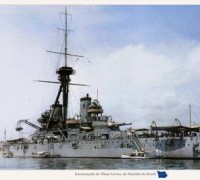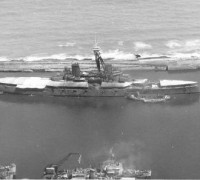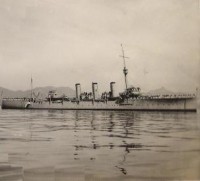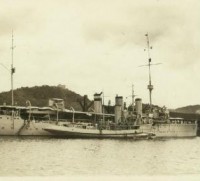BRAZILIAN NAVY NORTHEAST NAVAL FORCE * - 7 CORVETTES 2 CRUISERS 2 BATTLESHIPS
1)NORTHEAST NAVAL FORCE
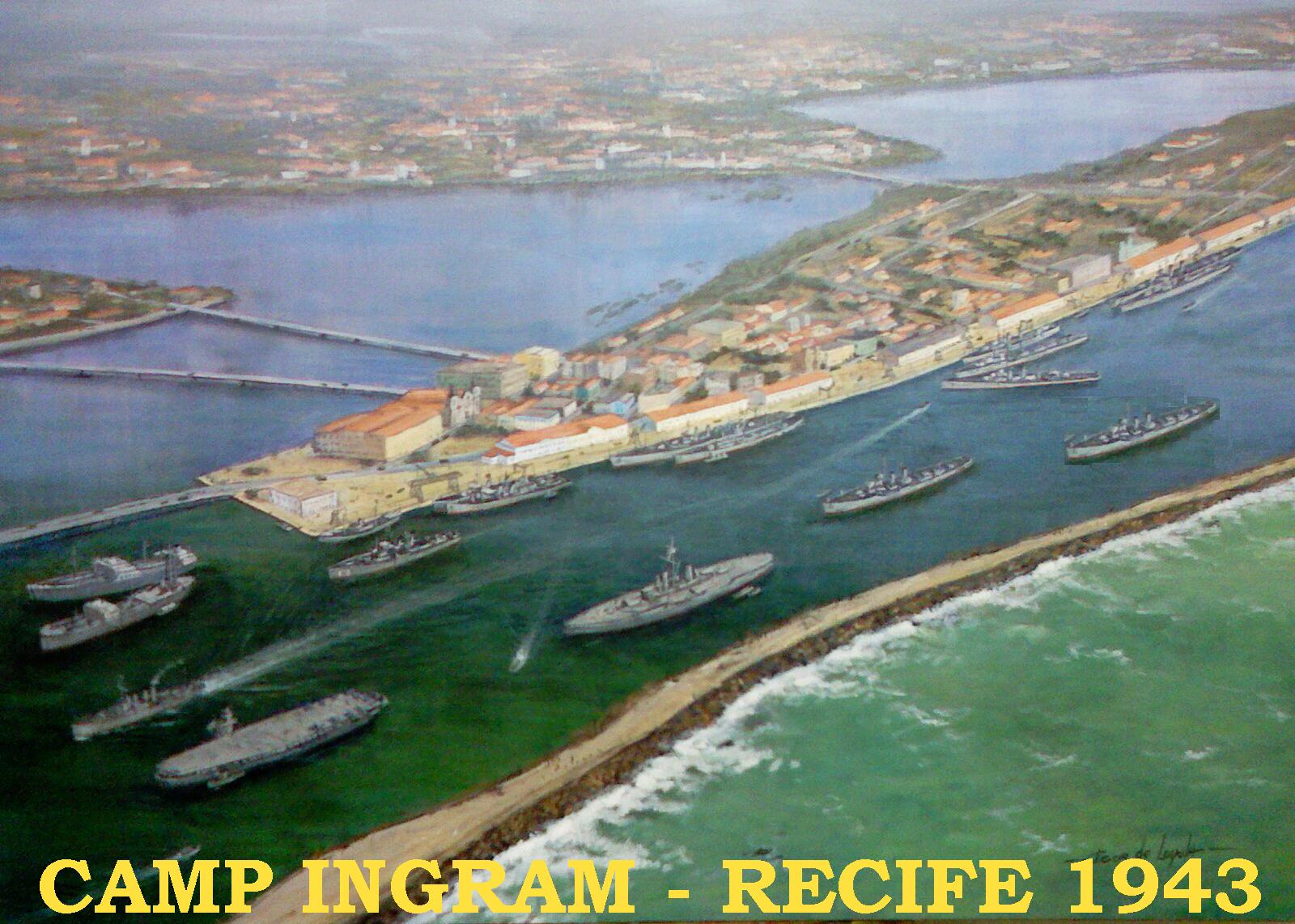
Brazil remained neutral in the early years of the war. However, as of February 1942, several Brazilian merchant ships began to be torpedoed, in reprisal of Brazil's adherence to the commitments made, through the Atlantic Charter, when our country reinforced its support for the Allies. The Axis offensive against Brazilian merchant shipping culminated in August of that year, when a single German submarine sank five merchant ships and one yacht, all of Brazilian flag, resulting in the death of 607 people. In the face of numerous attacks, on August 31, 1942, the Brazilian government declared Nazi Germany and fascist Italy a "State of War".
The Naval Force of the Northeast was initially constituted by the Cruisers Bahia and Rio Grande do Sul; by Carioca, Caravelas, Camaquã and Cabedelo Minesweepers - later reclassified as Corvettes - and by the Guaporé and Gurupi Submarine Chasers. Later on, the Tender Belmonte, the Mahan Class destroyer and the Class T submarine were incorporated. These facilities became Task Force 46 of the South Atlantic Force, responsible for making the largest operational effort in the sea.
Fourth Fleet grew rapidly and with the addition of Brazilian units during 1943, nearly 200 vessels of all kinds were under command of the brave Adm. Jonas Ingram, a jack of all trades. Until the end of 1944, Brazilian Navy took delivery and incorporated to FNN, (subordinated to the Fourth Fleet) 38 units. Two old Dreadnoughts, Minas Gerais and Sao Paulo, outclassed ships to battle a modern ASW, were useful for increasing the defensive means of the harbors of Recife and Salvador (Bahia), headquarters of Northeast and East Naval commands.
Moored, serving as floating coastal batteries, they were in constant readiness to put to sea if necessary in view of an impending danger. Despite their apparent inactivity, their garrisons were submitted to constant and tough ASW drills with alternation of their duties, serving in other ships in convoy escorts and patrol sweeps. In May 1943 an operational directive was issued from Adm Ingram in his flagship, cruiser Memphis. It gave the following attributions to Brazilian Task Force 46:1)
1) To provide regular escort to convoys TB Trinidad- Bahia and BT Bahia - Trinidad.
2) The force would join the train when sailing off Recife and would leave the same when the convoy proceeded back to Bahia.
3) Brazilian Air Force units which were under command of Adm. Ingram, were designated as Task Force 49 and their assigned mission was to patrol the coastal waters as determined.
4) Air units would provide cover for the convoys as well ships sailing independently as determined in close cooperation with Brazilian and US air and surface units.
5) To engage in extensive A/S operations in conjunction with US/Brazilian units or independently when ordered.
6) To perform an exhaustive program of combat exercises aiming to achieve maximum preparedness and efficiency of crewmembers and equipment, and intensify anti submarine practices. The Northeast Naval Force (FNN), performed a truly remarkable job during the war in support to the Fourth Fleet. Its vessels participated of 575 convoys with a total of 3164 ships of all allied nations.
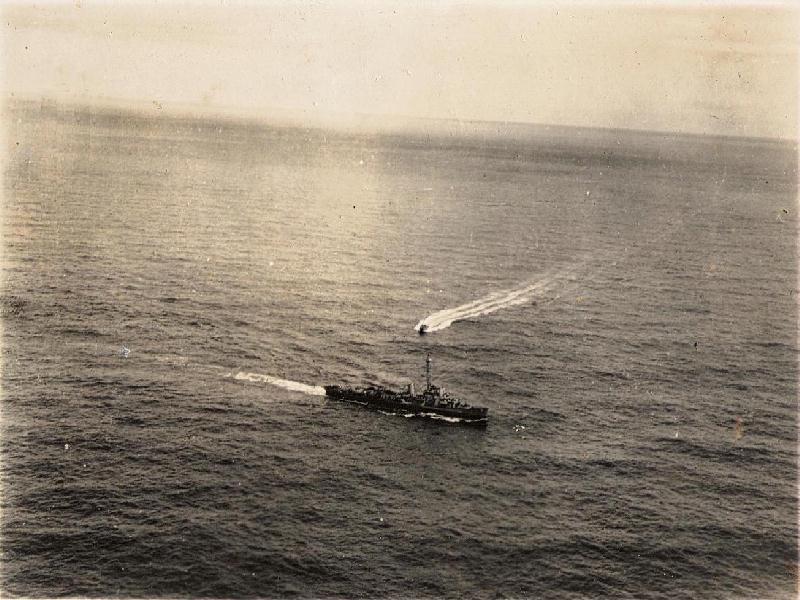
The high degree of preparedness was evidenced by the continuous joint exercises program undertaken by the US and Brazilian Navy. The picture shows one US Destroyer Escort during drills with one Brazilian submarine and a Sub Chaser. In the detail a torpedo tracking can be seen passing underneath the Destroyer. Picture kindly sent by Francisco Freire, son of Commander Jose Freire who served aboard Brazilian Corvette Cananeia during the War.
https://www.youtube.com/watch?v=el8F6AtZW8s
Above, archival footage on the first Brazilian troop convoy of the war puts to sea under sealed orders. Constant vigilance is maintained for lurking enemy submarines. Brazilian and U S ships patrol the route.
